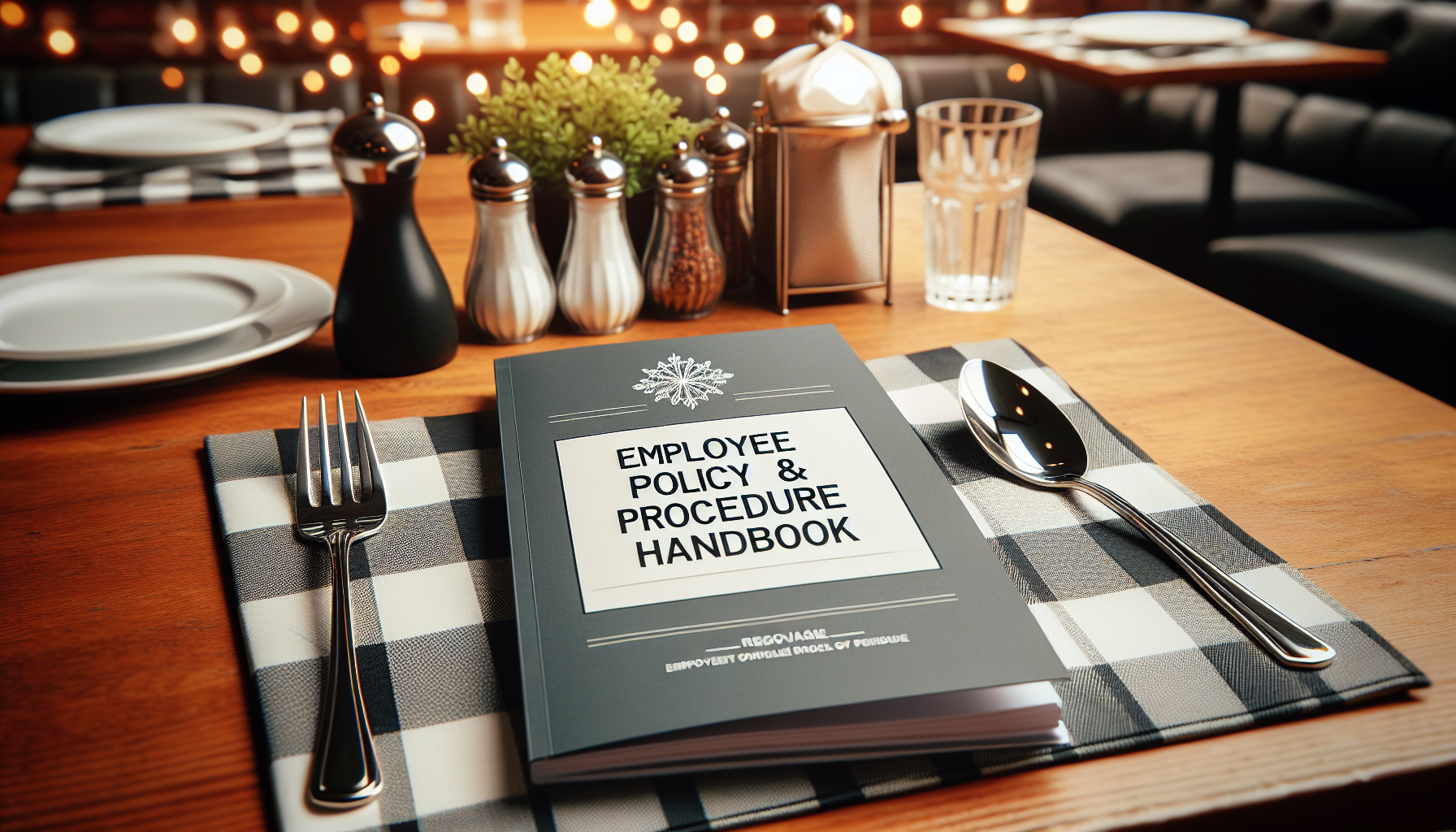Employee Written Warning Sample for Disrespectful
Behavior: Navigating Workplace Conduct - Sample Below

Maintaining a respectful and professional work environment is crucial for any organization's success. A harmonious atmosphere fosters collaboration, boosts productivity, and ensures employee well-being. However, instances of disrespectful behavior can disrupt this balance, negatively impacting morale and overall performance. When such situations arise, addressing the issue promptly and effectively is paramount. One of the most common and important tools available to employers is a written warning. Below is an employee written warning sample for disrespectful behavior.
This article aims to provide a comprehensive understanding of employee written warnings, specifically focusing on disrespectful behavior. It will delve into the purpose of such warnings, the key elements to include, and offer a sample that can be adapted to suit various situations. By understanding the process and having access to resources like an employee written warning sample, employers can confidently navigate these challenging situations and foster a more positive and respectful workplace.
The Purpose of a Written Warning

A written warning serves as a formal documentation of an employee's misconduct or performance issues. It's a critical step in the disciplinary process and fulfills several important objectives:
Provides Clear Notification: It explicitly informs the employee that their behavior is unacceptable and violates company policy or expected conduct.
Documents the Issue: It creates a written record of the incident, including specific details about the behavior, date, time, and any witnesses present. This documentation is crucial for future reference, especially if further disciplinary action is required.
Sets Expectations for Improvement: It clearly outlines the expected standards of behavior and the steps the employee needs to take to rectify the situation.
Provides Opportunity for Correction: It gives the employee a chance to understand the impact of their actions and improve their behavior before more serious consequences are implemented.
Protects the Employer: In cases of potential legal disputes, a documented record of warnings and disciplinary actions demonstrates that the employer has taken reasonable steps to address the issue and provide the employee with an opportunity to improve.
Why a Written Warning for Disrespectful Behavior?

Disrespectful behavior, while sometimes subtle, can create a toxic work environment. This can include:
Verbal Abuse: Yelling, insults, derogatory remarks, or offensive language directed at colleagues, supervisors, or clients.
Harassment: Unwelcome advances, discriminatory comments, or actions that create a hostile work environment.
Insubordination: Refusal to follow instructions, undermining authority, or openly challenging management decisions in a disrespectful manner.
Gossip and Backstabbing: Spreading rumors, making malicious statements, or engaging in behavior that damages another employee's reputation.
Passive-Aggressive Behavior: Sarcasm, negativity, or subtle acts of defiance that create tension and undermine teamwork.
Addressing disrespectful behavior through a written warning is important because it:
Reinforces Company Values: It sends a clear message that disrespectful behavior will not be tolerated and that the company values respect, professionalism, and a positive work environment.
Protects Employees: It safeguards employees from harassment, intimidation, and other forms of mistreatment.
Prevents Escalation: Addressing the issue early on can prevent the behavior from escalating into more serious incidents.
Maintains Morale: A respectful workplace fosters higher morale, increased job satisfaction, and improved employee retention.
Key Elements of an Effective Employee Written Warning Sample
for Disrespectful Behavior
When drafting an employee written warning sample for disrespectful behavior, it's vital to include the following key elements:
Employee Information: Include the employee's full name, job title, and department.
Date and Time: Clearly state the date and time the warning is being issued.
Subject Line: A concise subject line, such as "Written Warning for Disrespectful Behavior," helps clarify the document's purpose.
Description of the Incident: Provide a detailed and objective account of the specific incident(s) of disrespectful behavior. Include the date, time, location, and individuals involved. Avoid generalizations and focus on specific actions or words used. For example, instead of saying "You were disrespectful to a colleague," state "On [Date] at [Time], you used offensive language towards [Colleague's Name] during a team meeting by stating [Quote the offensive language]."
Violation of Company Policy: Reference the specific company policy or code of conduct that the behavior violated. This reinforces the seriousness of the issue and demonstrates that the behavior is not in line with company expectations.
Impact of the Behavior: Explain the negative impact of the disrespectful behavior on the workplace, team morale, or the employee's performance.
Expectations for Improvement: Clearly state the expected standard of behavior and the steps the employee needs to take to improve. Be specific and measurable. For example, "You are expected to communicate with colleagues in a professional and respectful manner at all times. This includes refraining from using offensive language, engaging in gossip, or making derogatory remarks."
Consequences of Failure to Improve: Clearly outline the potential consequences if the behavior does not improve. This may include further disciplinary action, such as suspension or termination.
Opportunity for Response: Provide the employee with an opportunity to respond to the warning and provide their perspective on the situation. This should be documented in the written warning.
Support and Resources: Offer support and resources to help the employee improve their behavior. This could include training, counseling, or mentorship.
Manager's Signature and Date: The warning should be signed and dated by the employee's supervisor or manager.
Employee's Acknowledgment: The employee should be asked to sign the warning to acknowledge that they have received and read it. Their signature does not necessarily indicate agreement, but rather confirmation of receipt. If the employee refuses to sign, note this on the document.
Distribution: Clearly state who will receive a copy of the warning. Typically, copies are given to the employee and placed in their personnel file.
Employee Written Warning Sample for Disrespectful Behavior
[Date]
Employee Name: [Employee Name]
Job Title: [Job Title]
Department: [Department]
Subject: Written Warning for Disrespectful Behavior
Dear [Employee Name],
This letter serves as a written warning regarding your disrespectful behavior in the workplace.
On [Date] at approximately [Time], during [Specific Situation - e.g., a team meeting in the conference room], you [Specific Description of Disrespectful Behavior -e.g., raised your voice and used offensive language toward Ms. [Colleague's Name] by stating, "[Quote the offensive language]"].
This behavior violates company policy [Specify the Policy - e.g., Code of Conduct, Section 3.2, which prohibits disrespectful or abusive language and conduct in the workplace].
Your actions have negatively impacted [Explain the impact - e.g., the morale of the team, Ms. [Colleague's Name]'s ability to perform her duties, and the overall professional atmosphere of the workplace].
Moving forward, you are expected to treat all colleagues with respect and professionalism at all times. This includes refraining from using offensive language, engaging in personal attacks, or displaying any other form of disrespectful behavior. You are expected to communicate constructively and respectfully, even when disagreements arise.
Failure to improve your behavior and adhere to company policy may result in further disciplinary action, up to and including termination of employment.
We encourage you to take this warning seriously and commit to improving your behavior. [Optional: The company offers resources such as [List resources - e.g., employee assistance programs, conflict resolution training] that may be helpful in this regard. Please contact HR if you would like to learn more.]
You have the opportunity to provide a written response to this warning, which will be attached to this document and placed in your personnel file.
Please sign below to acknowledge that you have received and read this written warning. Your signature does not necessarily indicate agreement with the content, but rather that you have received it.
Sincerely,
[Manager's Name]
[Manager's Title]
Manager's Signature
Date
Employee's Signature
Date
Employee Comments (optional):
Important Considerations
Consistency is Key: Ensure that disciplinary actions are applied consistently across all employees and situations.
Thorough Investigation: Before issuing a written warning, conduct a thorough investigation to ensure that all facts are accurate.
Confidentiality: Maintain confidentiality throughout the disciplinary process.
Legal Compliance: Be aware of any relevant labor laws or regulations that may affect the disciplinary process.
Focus on Behavior, Not Personality: Frame the warning in terms of specific behaviors, rather than making personal judgments about the employee's character.
Document Everything: Keep detailed records of all warnings, investigations, and disciplinary actions.
Conclusion

Addressing disrespectful behavior in the workplace is essential for creating a positive and productive environment. An employee written warning sample provides a framework for documenting and addressing such issues effectively. By understanding the purpose of a written warning, including the key elements, and following best practices, employers can confidently navigate these challenging situations, promote a respectful work culture, and ensure that all employees are treated with dignity and respect. This will ultimately contribute to a more harmonious, productive, and successful organization.